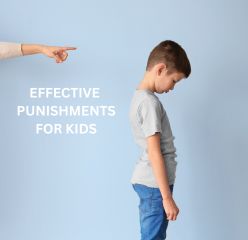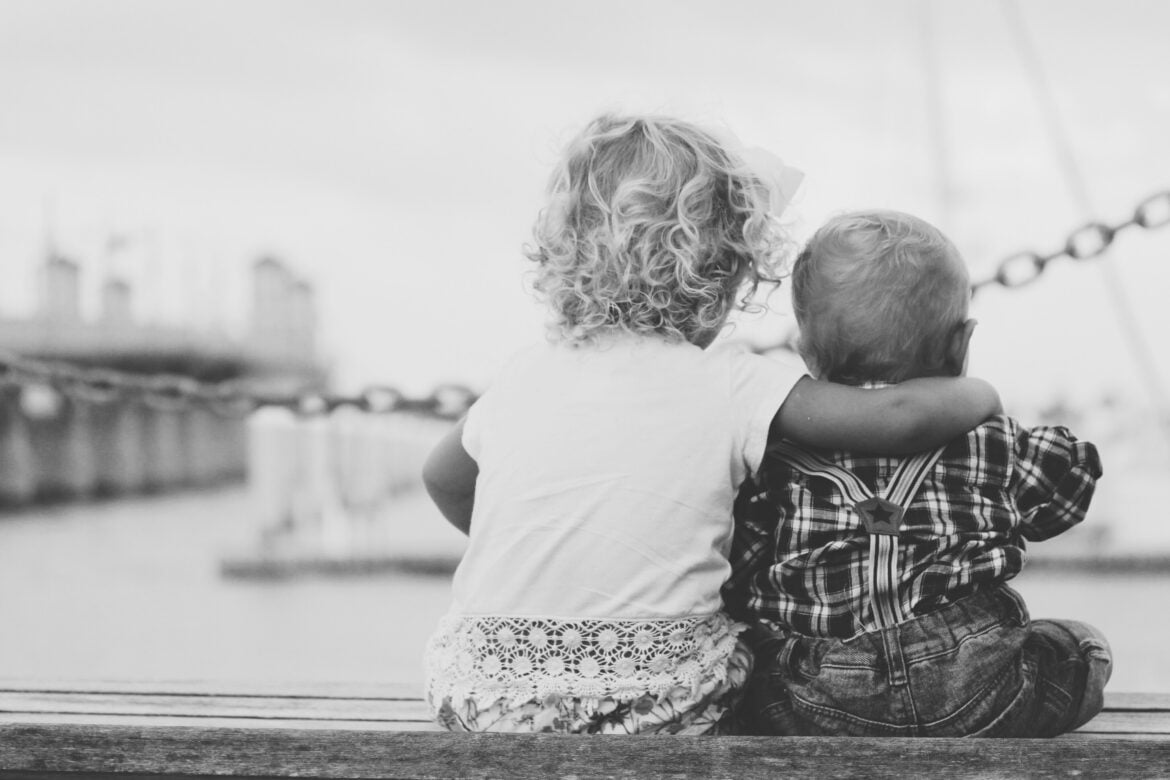Disciplining kids is a tough topic anyway but considering how to deal with punishments for kids in this day and age of “gentle parenting” can make it all the more confusing.
In this article, let’s look at the different types of punishment that you can use for your kid of various ages. We’ll also look at if there are any punishments that seem to work well for all kids across the board. At the end, we’ll also look at what extreme punishments involve as you will need to avoid those.
RELATED: 7 of The Best Impulse Control Activities for Kids
7 Types of punishment for a child
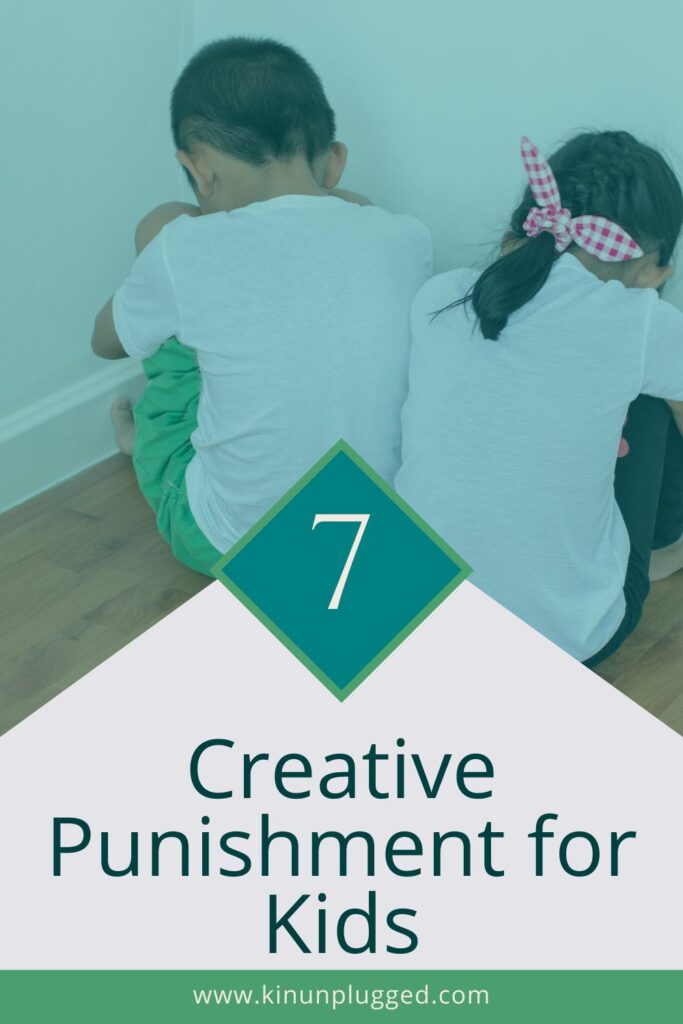
It’s all about guiding them towards better behavior, right?
- Time outs
One of the classic punishments for kids is the good old time-out. It’s simple: you ask your child to sit in a quiet spot for a few minutes to think about their behavior. This works wonders, especially with younger children, as it gives them a chance to calm down and reflect.
- Loss of privileges
Another effective method is taking away something they enjoy. This is usually the punishment of choice in our home. Maybe it’s screen time, a favorite toy, or even a planned outing. By losing a privilege, kids can quickly understand the consequences of their actions.
- Natural consequences
This one’s all about letting the situation speak for itself. If your child forgets their homework, they face the teacher’s response. Or if they refuse to wear a coat, they might feel cold outside. These natural consequences can be powerful lessons.
- Extra chores
Assigning additional chores is another way to teach responsibility. Maybe they have to help with extra dishes or clean up more around the house. It’s a tangible way to show that actions have consequences.
- Grounding
For older kids, grounding can be quite effective. This might mean they can’t go out with friends or participate in certain activities for a while. It’s about showing that certain behaviors won’t be tolerated.
- Apology letters
Sometimes, writing an apology letter can help kids reflect on their actions. It’s a constructive way to encourage them to think about how their behavior affects others and to express their remorse.
- Positive reinforcement
While not a punishment per se, reinforcing good behavior can sometimes prevent the need for punishments. Rewarding good behavior with praise or a small treat can encourage kids to keep it up.
I’ve said that loss of privileges is our preferred mode of discipline around here and that’s because it seems to work best for our daughter. However, you might be wondering what the most effective punishment is generally for all kids.
The most effective punishment for kids
Finding the most effective punishment for kids can be a bit tricky. You want something that really gets the message across without being too harsh. That’s where creative punishments for kids come in handy. They’re not only effective but can also teach valuable lessons in a way that sticks.
One great approach is to link the punishment directly to the behavior. For example, if your child refuses to clean their room, they might lose the privilege of playing with their toys for a day. It’s all about making the consequence relevant to the misbehavior.
Another idea is to incorporate some form of restitution. Let’s say your child draws on the walls. Instead of just giving them a timeout, have them help clean it up. This way, they understand the impact of their actions and learn responsibility.
Sometimes, a little bit of creativity can go a long way. For instance, if your child is consistently late for dinner, maybe they have to help with setting the table for the next few meals. These creative punishments for kids can be both practical and educational.
Also, don’t underestimate the power of positive reinforcement. Balancing consequences with praise for good behavior can motivate kids to follow the rules more consistently. It’s all about finding that sweet spot where they understand the importance of their actions and how they affect others.
So, while there’s no one-size-fits-all answer, using creative punishments for kids can make a big difference. They learn important lessons and understand that their actions have consequences, all while knowing they are loved and supported.
How do you punish a rude child?
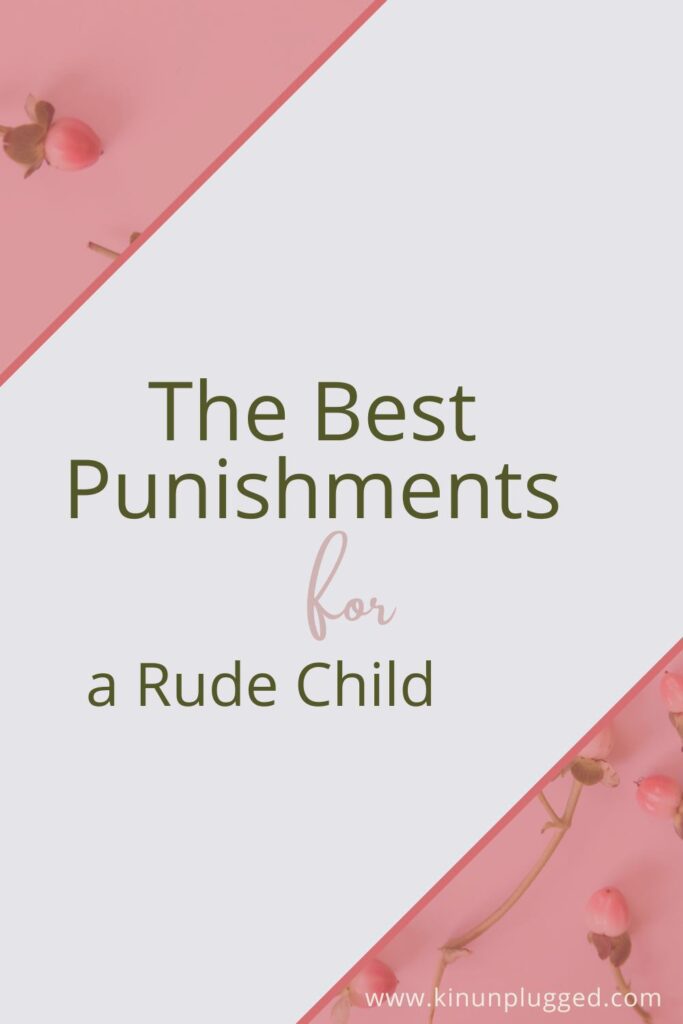
Handling rudeness in kids can be a bit of a challenge but the key is to address it in a way that teaches them a lesson without just being punitive. That’s where creative punishments for kids come in handy.
One idea is to have them write a letter of apology. This helps them reflect on what they said or did and consider how it affected the other person. It’s a great way for them to practice empathy.
Another approach is to assign them a related chore. For instance, if they were rude during dinner, they might have to help clean up the kitchen afterward. This connects the consequence to the behavior and makes them think twice about doing it again.
You can also implement a “time-in” instead of a “time-out.” Spend a few minutes talking with them about what happened, why it was hurtful, and how they could handle similar situations better in the future. This can be more effective than just sending them to their room.
Sometimes a loss of privileges can be a powerful motivator. If they’re rude, perhaps they lose some screen time or a favorite activity for a day. Just make sure the consequence is directly related to the behavior and is reasonable.
Age appropriate punishments for children

It’s important to tailor consequences to the child’s developmental stage so they understand the lesson and can improve their behavior. Here are some ideas for different age groups:
Toddlers (1-3 years old)
- Time outs. A brief time-out (1 minute per year of age) can help a toddler calm down and understand that certain behaviors are not acceptable.
- Distraction. Redirecting their attention to another activity can be effective, especially if they’re engaging in unsafe or undesired behavior.
- Simple explanations. Clearly and calmly explain why a behavior is not okay. For example, “We don’t hit because it hurts people.”
Preschoolers (3-5 years old)
- Time outs. Continue using time-outs, ensuring the child understands why they’re being given a time-out.
- Loss of privileges. Taking away a favorite toy or activity for a short period can help them understand the consequences of their actions.
- Natural consequences. Let them experience the natural outcome of their behavior, such as having to clean up a mess they made.
Elementary school Age (6-12 years old)
- Loss of privileges. Longer-term loss of privileges, like no TV or video games for a day, can be effective.
- Chores. Assigning extra chores can help them learn responsibility and the impact of their behavior.
- Apology letters. Have them write a letter of apology to someone they’ve wronged, helping them understand the impact of their actions on others.
Teenagers (13-18 years old)
- Loss of privileges. Removing privileges like phone use, social outings, or driving can be significant motivators for behavior change.
- Grounding. Temporarily limiting their freedom to go out can help them understand the seriousness of their behavior.
- Restitution. If they’ve damaged something or hurt someone, having them make amends by fixing the damage or doing something nice for the person affected can be a powerful lesson.
General tips
- Consistency. Be consistent with the rules and consequences to help children understand expectations.
- Calmness. Stay calm and collected when enforcing punishments. This models appropriate behavior for the child.
- Positive reinforcement. Always balance discipline with positive reinforcement. Recognize and reward good behavior to encourage more of it.
- Clear communication. Ensure the child understands why they are being punished and what behavior led to the consequence.
What are extremely harsh punishments?
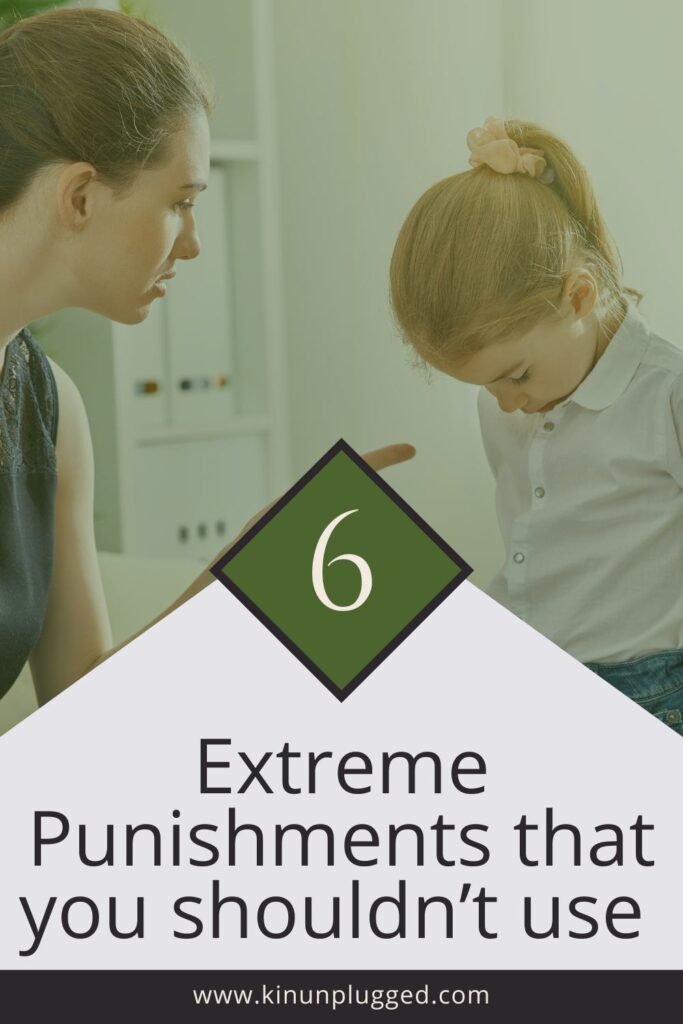
What are extremely harsh punishments? Extremely harsh punishments for children are those that can cause emotional, psychological or physical harm. These types of punishments are not recommended and can have long-term negative effects on a child’s well-being and development.
Here are some examples of what constitutes extremely harsh punishments:
- Physical punishment
- Hitting, spanking, or beating a child.
- Using objects to inflict pain, such as belts, sticks, or other items.
- Forcing a child to endure uncomfortable physical positions for extended periods.
- Verbal and emotional abuse
- Yelling, screaming, or using derogatory language.
- Humiliating or shaming a child in front of others.
- Making threats of abandonment or harm.
- Isolation and deprivation
- Locking a child in a room, closet, or other confined space.
- Withholding food, water, or other basic needs.
- Denying access to the bathroom or other necessary facilities.
- Excessive labor
- Forcing a child to perform physically exhausting tasks as punishment.
- Assigning chores that are beyond the child’s physical capabilities or are meant to inflict pain or humiliation.
- Psychological manipulation
- Using guilt, fear, or manipulation to control a child’s behavior.
- Threatening to harm the child’s loved ones, pets, or cherished possessions.
- Excessive punishment duration
- Prolonging punishments for days, weeks, or months without giving the child a chance to learn and improve.
- Repeatedly punishing a child for the same offense without allowing them an opportunity to rectify their behavior.
Using extremely harsh punishments can lead to a range of negative outcomes, including increased aggression, anxiety, depression, low self-esteem and impaired social and cognitive development. It can also damage the parent-child relationship and lead to a cycle of negative behavior and punishment.
READ: Parent-child communication tips to transform your family dynamic!
So, what is your usual way of punishing bad behaviour in your home?
Is there anything you want to change about the way you discipline your kids?

